- A German photographer born in 1954.
- Studied at the Dusseldorf school of art from 1973-80.
- His work focuses on urban landscapes, such as industrial areas and deserted streets, so he can capture the conditions of society which are always changing through architecture and urban development.
- Many of his older work was shot in black and white but he eventually began to use colour as of recently.
- He has had many solo exhibitions in various places of the world.
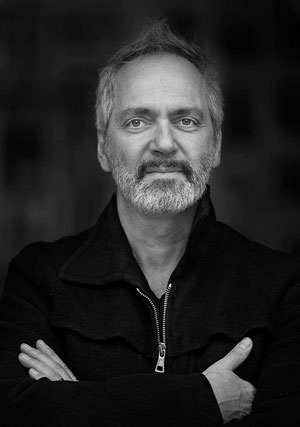
Examples of his work –
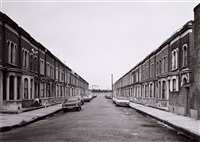
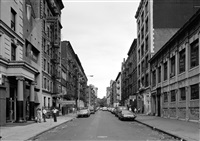
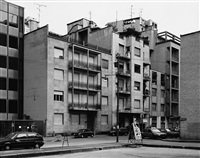
Analysis –

I think that this is a really successful picture which is taken by Thomas Struth of 2 buildings in a city due to the way that the sky is plain and white, which can be used to frame the buildings as it is able to highlight them because the building is a darker orange/brown colour with black accents which contrasts well against it. I also like in this picture how between the two buildings there is no gaps, like they are continuous, as it creates the effect where you aren’t sure where one might end or begin as it is unable to reveal how truly big both of these buildings are. This picture is also very deserted, there isn’t any humans to populate it which can help to create a story for the photo as it makes you wonder what day it is and what time of day it may be because it creates a very dystopian feel as both of the buildings look abandoned and forgotten to civilisation and there are also cracks in the road which shows how old this place may be because of how it is decaying over the years.
In my own work I would like to incorporate Thomas Struths use of the continuous building in my own photoshoots because I like the effect that it creates. I am going to do my photos at night instead of the day unlike Struths photos because I think that the dark contrast of the sky would work well against modern buildings which are usually white and professional looking due to the way they are built with slick square, uniformed shapes.

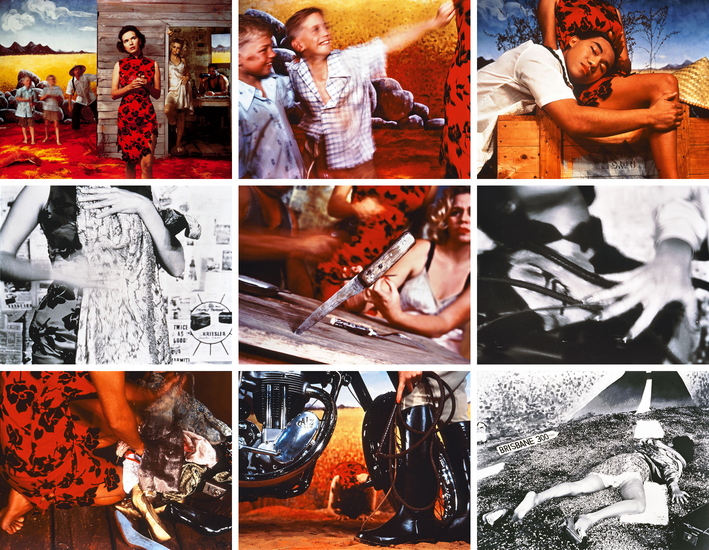

.jpg?mode=max)


